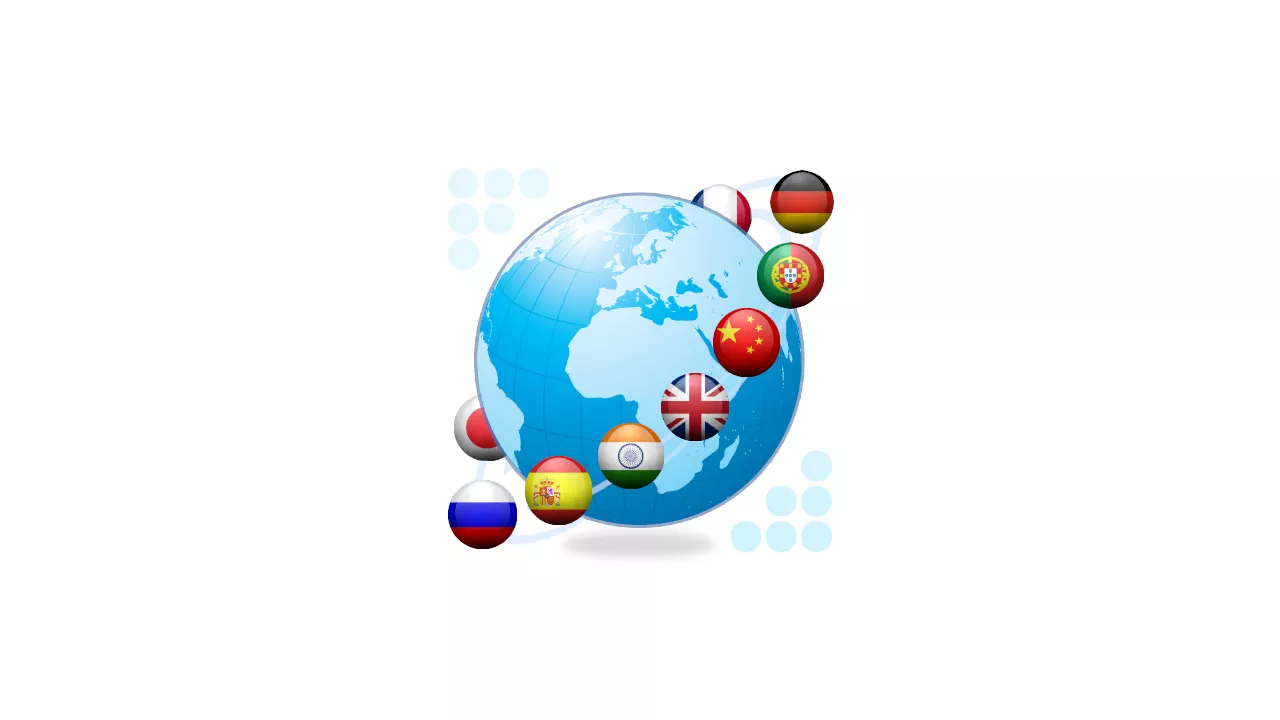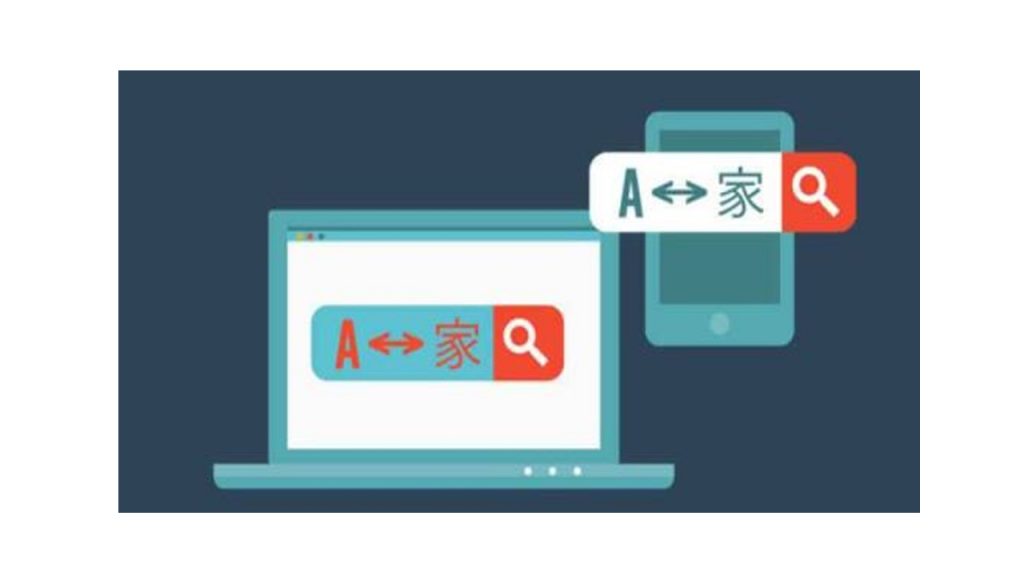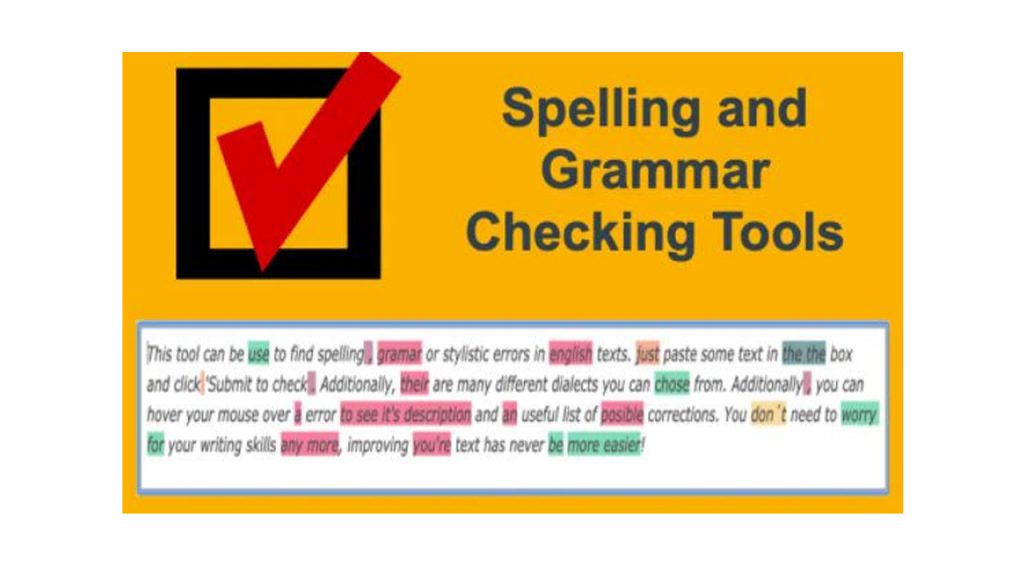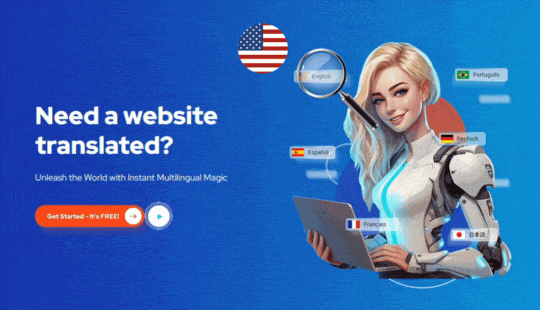
There are several benefits to being able to speak multiple languages. You will be able to understand what is going on in your environment very well, your ability to make decisions will become more efficient, and as a business oriented person, you will be able to handle the translation of your website by yourself.
Still, translation transcends beyond the ability to speak the language. Even native speakers of the language still encounters difficulty in some aspect where trying to translate. That is the reason this article will enunciate tips that are considered best that will help you to easily translate your website to accommodate international audience.
Tip 1: Do Intensive Research

Irrespective of what you think you know about the language or how vast your knowledge of the language is, you may still encounter difficulty when handling translation projects. This can be very true especially when handling translation project on technical field or some other special industries where knowledge of the jargons and terms in both languages are required and pivotal.
Another reason you should be research oriented is that language evolves with time. Hence, you should be well informed and updated on whatever subject you are treating.
Therefore to start your translation project, start with research that is quite intensive especially about your industry and how it relates to the location of target. You will be able to use the right collocations, word pairings, and good choice of terminologies that will not only make sense to you the owner but as well meaningful to international audience.
From your research, you will likely have noticed appealing words or phrases that is being used in your industry and it will be best to include such ones in your translation. By doing that, you will come to realize that your content is not only enhanced but it appears natural.
Tip 2: Begin your translation with machine translation

In the past, the accuracy of machine translation has bordered so many persons. But today with the advent of AI and Machine Learning, machine translation has greatly improve. In fact, a recent review placed the accuracy of neural software translation between some 60 to 90%.
Regardless of the improvement that machine translation has witnessed, it is still very much beneficial for human translators to review the work done by the machine. This is very true when considering certain part of the content from a context point of view. So, it is of no need hiring human professional translators to start the translation job from the scratch before you can achieve a better result. The point is that you should kick-start your translation task with machine translation after which you can refine the translation in order for it to be accurate and context oriented. When you follow this tip, you will minimize time and get your task on a simple track.
Tip 3: Make use of Grammar tools or apps

Before we leave the discussion about machine, let’s mention one more way you can benefit from it use this time not to translate but to fine tune your content grammatically. There are several grammar tools or apps you can explore today. This app or tool will ensure that your content aligns with the correct use of grammar in the language.
Grammatical mistakes and typos are very likely to be made even by professional translators. However, it is usually best to try to avoid them by preventing such from occurring because this may give your website an unprofessional outlook.
Therefore, you will have error free contents and become more confident if you apply this suggestion and check your translations with grammar tools. This is because grammatical rules can sometimes be tricky and confusing even for native speakers of the language. It will only be wise to employ these tools because they can help your text to be error and typo free. And in doing that, it will save you the lot of time that would be involved in checking your text for mistakes over and over again.
In fact, some of the tools are well sophisticated such that they can even offer you better suggestions on improving the quality and vocabulary of your text.
Hence, ensure that you have a grammar tool or app in the language of target before you kickstart your translation project.
Tip 4: Stick to Common Practices
In any language anywhere around the world, there are rules and practices guiding its use. This rules and practices are core parts that must be reflected in the translation. It is only wise that professional translators stick to these practices and apply them. That is why you should be well aware of such practices.
It is possible that parts of these rules are not quite obvious like others, yet they are very important if you want to communicate or convey your message in a clear and understandable manner. Things you can think of in this regard is punctuation, accents, titles, capitalization and the kinds of formats that is followed in the targeted language. Although they may be subtle, but not following them may be damaging to the messaged been passed.
You may be thinking of how you will go about this. Well, it is that simple when you exact yourself to research and pay more than usual attention to language specific terms in the course of the translation.
Tip 5: Seek Help
The popular saying that ‘the more we are, the merrier’ is especially true when it comes to handling translation projects. That is to say it is important to work with members of teammates in your translation journey because you will have an improved translation when there are people around to check through your content and edit where it is necessary. It is easy to see what erroneous statements, ideas or inconsistencies that you might have overlooked.
Well, it is not necessary that it must be a professional translator. It can be a family member, friend or neighbors that know the language quite well. However, be careful when seeking help to be sure you are asking the right person especially someone who is well oriented about the industry. An advantage of this is that they may readily provide you will additional resources that will better the quality of your content.
Also, it is possible that there are certain parts of the project that requires experts to review. Once these parts are sighted, never hesitate to contact a professional translator for a help.
Tip 6: Maintain Consistency
One thing that is a fact is that there are several approaches to translating a single content. This is evident when you ask two individuals to translate the same piece. Their result will be different. Is that to say one of the two translation is better than the other? Not necessarily so.
Well, regardless of the translation style or choice of terms you desire to use, you should be consistent. It will be difficult for the audience of your message to decode what you are saying if your styles and terms are not consistent i.e. when you keep changing styles and terms.
Something that can help you maintain consistency is when you have specific rules that guide the styles and terms you will be using in the course of the translation even before commencing the project. One way is by developing glossary of words that will be followed throughout the lifecycle of the project. A typical example is the use of the word “e-sales.” You may want to use that throughout or choose from “e-Sales” and “E-sales.”
When you have a base rule that guide your translation project, you will not have difficulty dealing with suggestions from others joining you in the project since they may want to use other terms that is different from the ones earlier used in your content.
Tip7: Be careful of Slangs and Idioms
Terms and word that have no direct translations may be very difficult to render in the targeted language. These parts are very trying. It is more challenging due to the fact that you will need an extensive knowledge of the language before you can successfully translate them this means that you must be very familiar with the culture.
Sometimes, idioms and slangs are location specific. If such slangs and idioms are not properly rendered, you message may become offensive or embarrassing to the targeted audience. Understanding the slangs and idioms very well in both languages will help you to be successful in this regards. If there are no exact translation of such terms, slangs or idioms, you can use different option that sends the same message to the audience. But if after several searches, you still can’t find appropriate replacement in the language, it will be best to remove it and not force it in.
Tip 8: Rightly translate the keywords
Keywords are essential parts of your content you should be careful of when translating your website. When you use direct translations for keywords, you may be on the wrong path.
For example, it is possible to have two words meaning the same thing in a language but varies in their search volumes. So when you want to use keyword or translate keyword, it will be better you use location-specific keywords.
To help you with this, make a research of the keywords used in the target language and note the keywords. Use them in your translation.
While it is true that to translate you must have required knowledge of the languages in question but more is needed like we have uncovered in this article. Well, it may take more time but it is good to have a professional translated website.
Start today by installing the most important and first tool. Try out ConveyThis today!


Drape Divaa
March 18, 2021Good day! This is kind of off topic but I need some
advice from an established blog. Is it tough to set up your own blog?
I’m not very techincal but I can figure things out pretty fast.
I’m thinking about making my own but I’m not sure where to start.
Do you have any tips or suggestions? Appreciate it